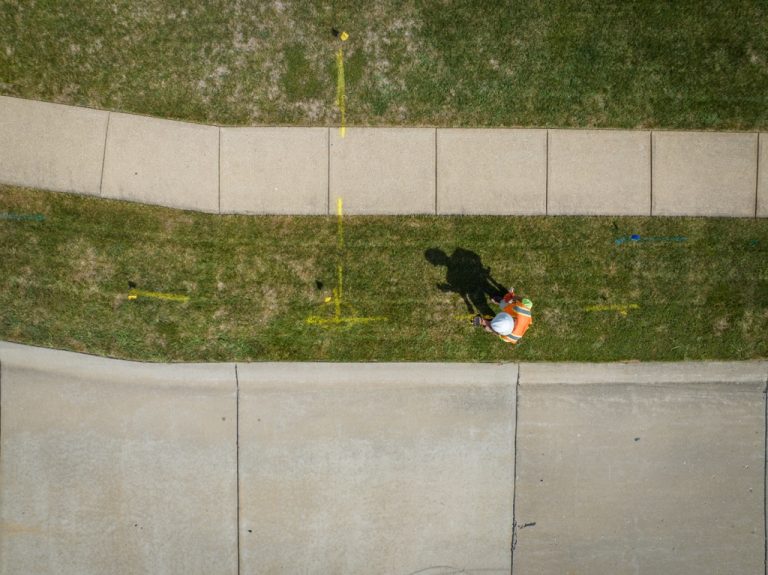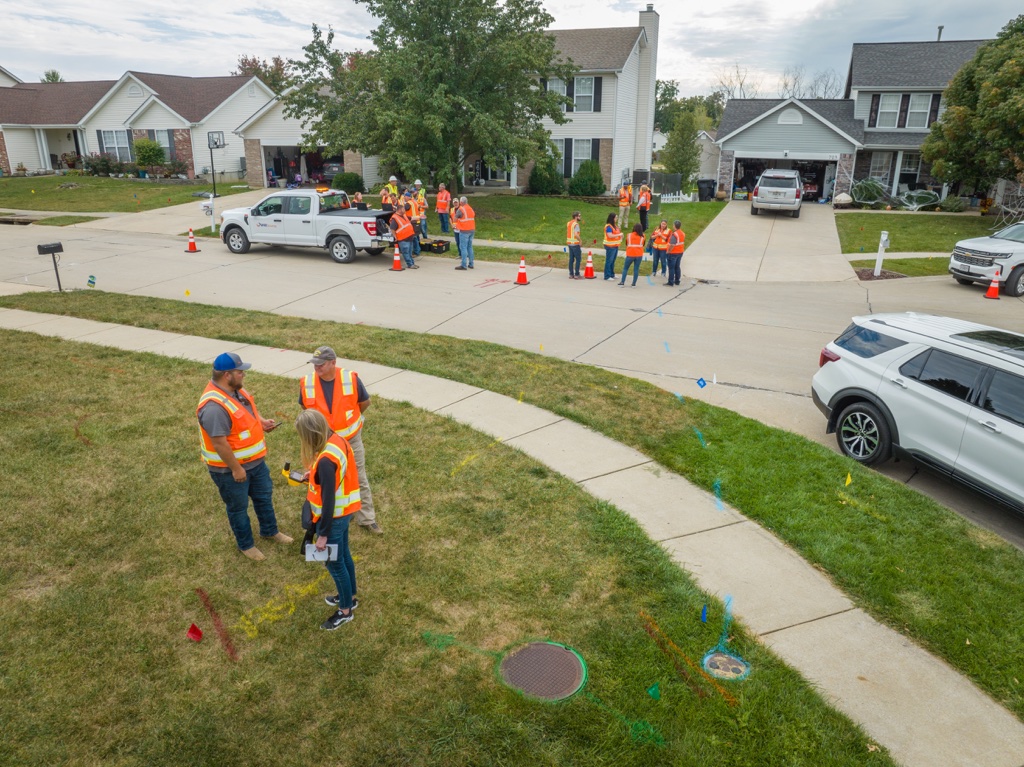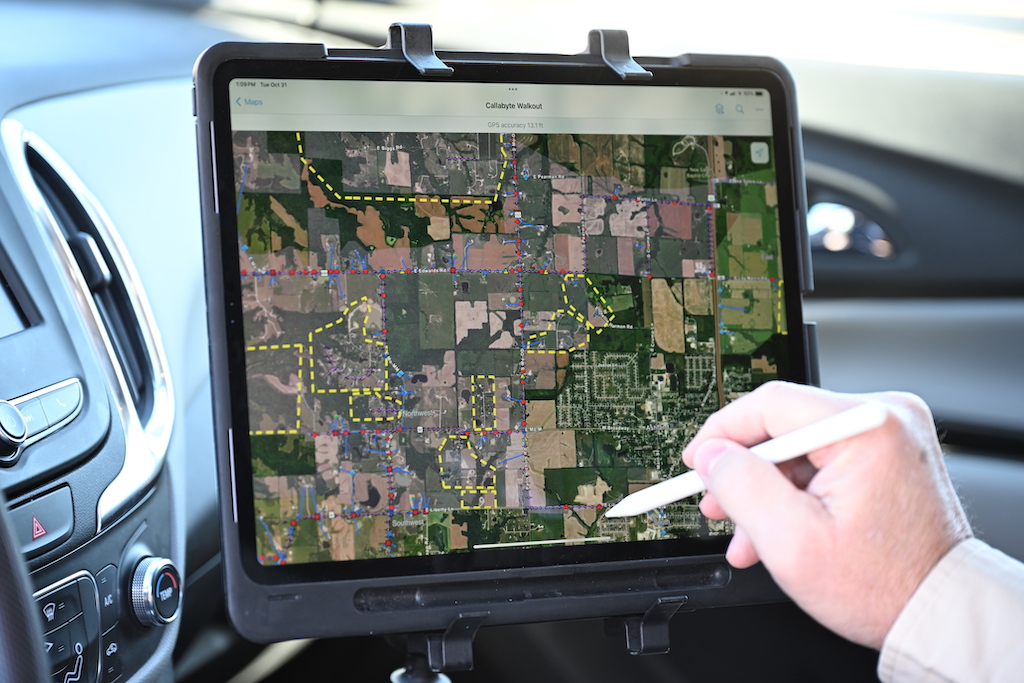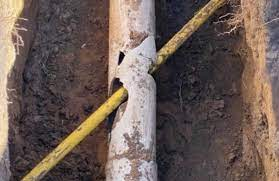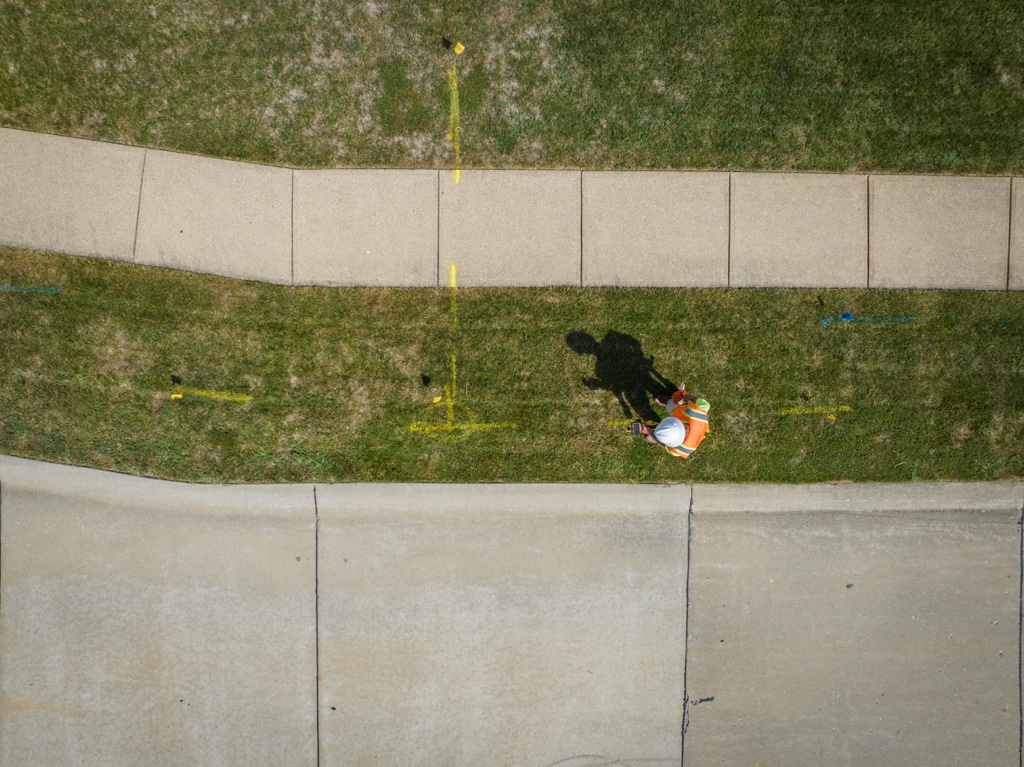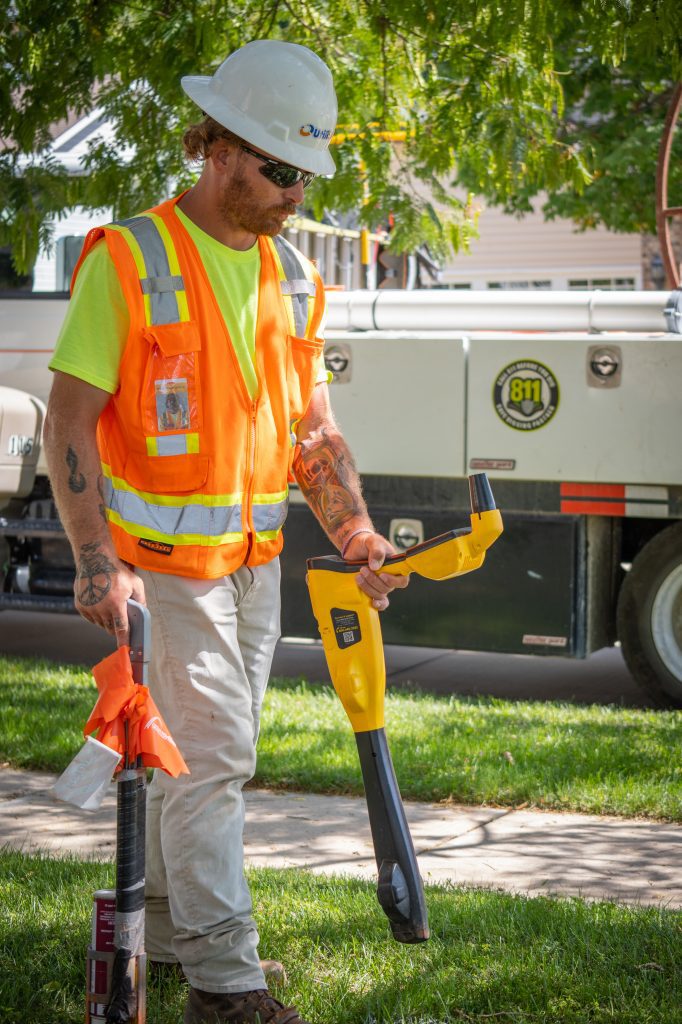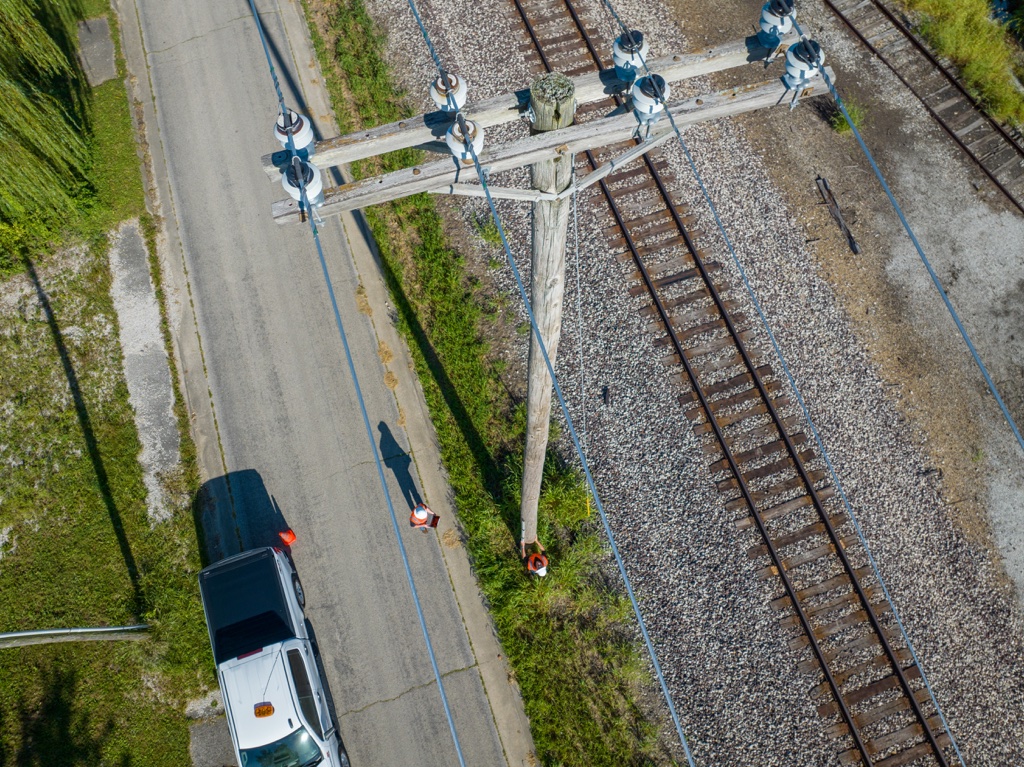Our power grid is critical for our survival, giving us access to luxuries that are a part of our everyday lives. Our power system consists of both underground and overhead power lines that carry electricity to our homes and businesses.
In the US, we utilize both types of lines, overhead and underground lines. Each type has its own set of advantages and disadvantages. You may be wondering why underground cable isn’t used for all lines. In the guide, we dive into the reasons why utility companies use both methods to deliver electricity to our homes.
Proper maintenance of our power lines is critical for reliable energy supply and for our communities. You may be wondering where responsibility for these lines lies and how to find them. Continue reading our guide to learn more.
Underground Power Lines vs Overhead Power Lines
There are advantages and disadvantages to both installations of our electric utilities. Let’s dive into both types.
Overhead Lines
Let’s start with an overview of how overhead power lines are installed. The first set of installing lines is to set utility poles. Not only can they be set on practically any terrain, but they are also less expensive to build and maintain.
In addition, they are easy to locate and easier to repair. Once the poles are installed, the transmission lines can be strung and additional equipment is installed.
One of the major disadvantages to overhead lines is that they are susceptible to extreme weather and natural disasters. Additional features can be added to protect overhead lines further and make the system more resilient, such as pole wraps, coated lines, and in the most extreme cases, relocated lines to a better location.
Benefits:
- Easy to locate and repair
- Can be built anywhere
- Faster to build
- Less expensive
Downsides:
- Exposed to extreme weather, like high winds, wildfires, and ice storms
- Can be damaged from trees and the outdoor environment
- May blink if an animal or object touches the line
- Visible to the eye
- Risk to public safety with downed lines and car accidents
Underground Lines
Now that we’ve covered the pros and cons of overhead lines, we are going to dive into underground projects. The first step of installing underground power lines is to dig a deep trench that will keep the lines away from surface activities. These activities include things like digging and constructions. In rocky areas, it may not be possible to bury the line. After the trench is completed, the lines are placed in the trench either alone or in a conduit.
Lines buried in the ground are protected from the weather, but are still vulnerable to earthquakes and floods. In addition the cost of undergrounding is much higher to build and maintain than overhead power lines. It can cost anywhere between 3-5x more per foot to build underground power line infrastructure.
Benefits:
- Protected from damage from weather and animals
- Lines are out of sight
- Increased public safety from downed lines
- Decrease in power outages due to various circumstances
Downsides:
- Time-consuming to locate and fix
- Very expensive to build and maintain
- Not practical in many areas (including sandy and rocky areas)
- Can be damaged from flooding and earthquakes
Underground Power Cables and Responsibility
Typically, responsibility for underground lines will fall on the utility provider or local utility company in your area. They are not only responsible for installing these lines, but they are also responsible for repairing and maintaining them.
However, depending on jurisdiction and where you live responsibility and ownership may vary. This may also depend on other agreements and your location. In some cases, it may even be the property owner’s responsibility fully or partially. Please contact your local utility company for direct information on who is responsible for these lines.
Finding Underground Wires
Before you dig, it is always important to call your local, “Call Before You Dig” service. They can help you find buried utility lines in your yard.
It is extremely important that you call before you dig. Hitting a buried line is very dangerous and can cause injury, outages, and property damage. In many cases, it is legally required for you to contact local locate services before you start any digging project.
How Deep Are Underground Power Lines buried?
The answer to this question is highly dependent on where you are located. It is influenced by soil conditions, type of line, code regulations, and more. A residential line will be buried anywhere from 18 to 24 inches deep. Local codes and regulations have a minimum depth for buried power lines to maximize safety and minimize risk of damage.
Hiring Private Locate Services
If you are starting an excavation project, you may be wondering if you need to contact private locate services. Here are some of the common reasons people hire private locate services.
- Non-responsive public utility locators
If your local “Call Before You Dig” service does not cover your area or if your local utility provider is unresponsive, you may need to contact a private utility locate service.
- Private lines on your property
Public locate services mark public lines up to the service point or meter. Other lines such as sprinklers, landscape lights, septic lines, and more can be identified and mapped by private locators.
- Needing more detailed information
Private utility locators often use more accurate and more advanced techniques to locate lines. If you are looking for more detailed utility maps, a private locate service may be for you.
If you are looking for private locate services, contact us today to learn more!

